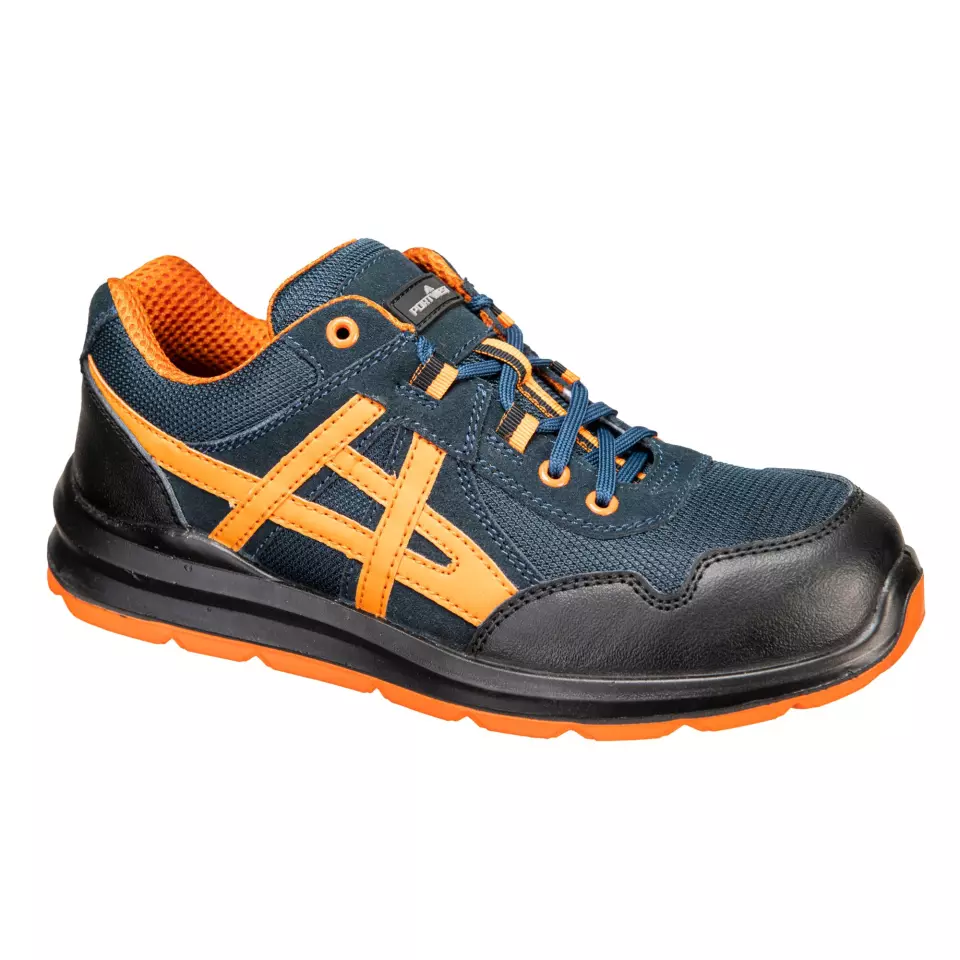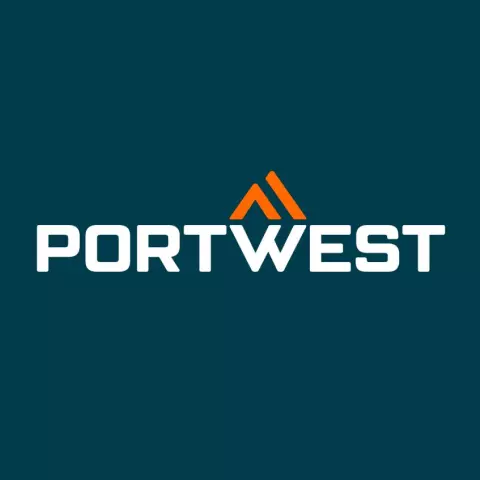Steelite Mersey Trainer S1, Blue
4.7 / 5
Product description
Professional safety trainer featuring a high-performance upper design with 3D mesh lining for maximum comfort and breathability. The dual density PU/PU outsole provides superior grip and energy absorption, while the cushioned footbed reduces foot fatigue during extended wear. This CE certified footwear incorporates a protective steel toecap and meets EN ISO 20345:2022 +A1:2024 S1 standards with fuel/oil resistance and slip resistance properties.
Product Features:
- 3D breathable mesh lining for enhanced comfort
- Leather stitched toe bumper for durability
- Superbly cushioned comfort footbed reducing foot fatigue
- Protective steel toecap
- Available in unisex sizing
Technical Details:
- Material composition: Suede and textile upper with cow suede leather finish
- Dual density PU/PU outsole construction
- Anti-static footwear properties
- Energy absorbing seat region
- Slip resistant and fuel/oil resistant outsole
Standards:
- CE certified
- EN ISO 20345:2022 +A1:2024 S1 (FO SR)
- Impact Resistance
- Electrical Protection
- Slip Resistant
Standards and labels
Portwest delivery terms
Free delivery when you order more than 300,00 € from Portwest
Supplier shipping fee 5,00 €
Brand minimum 20,00 €
38,63 €
Shipping fee is 5,00 € for orders under 300,00 €
Sold in units of one pair
Need larger quantities?
Other products you may like
Recently viewed
Other products you may like
Similar products you may like
Autonomous sourcing platform
The most efficient way to source and order supplies for your operations



